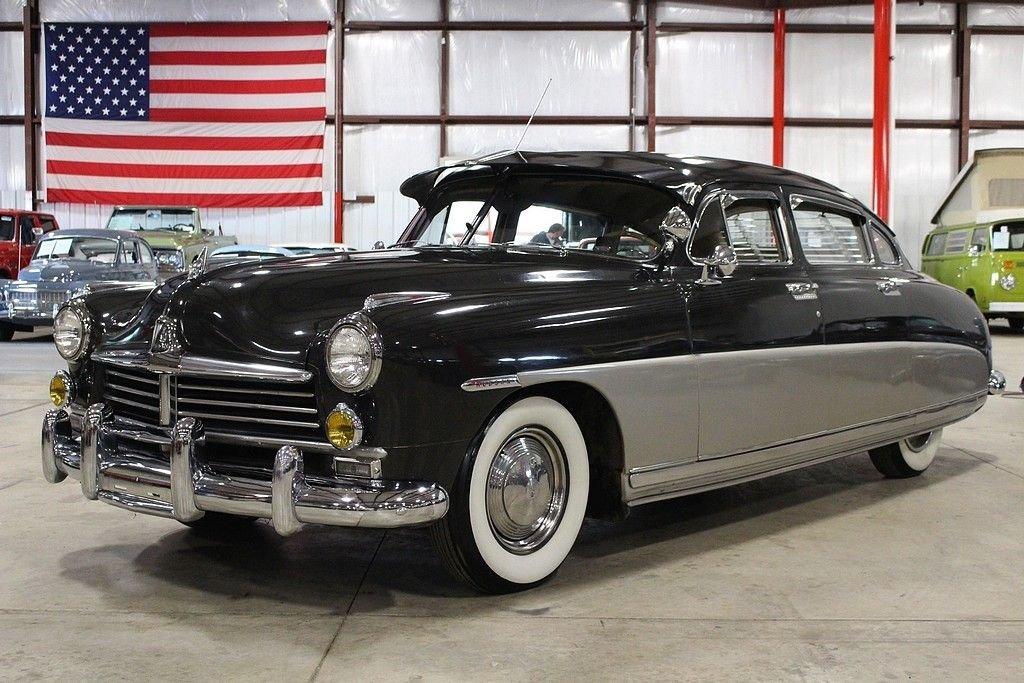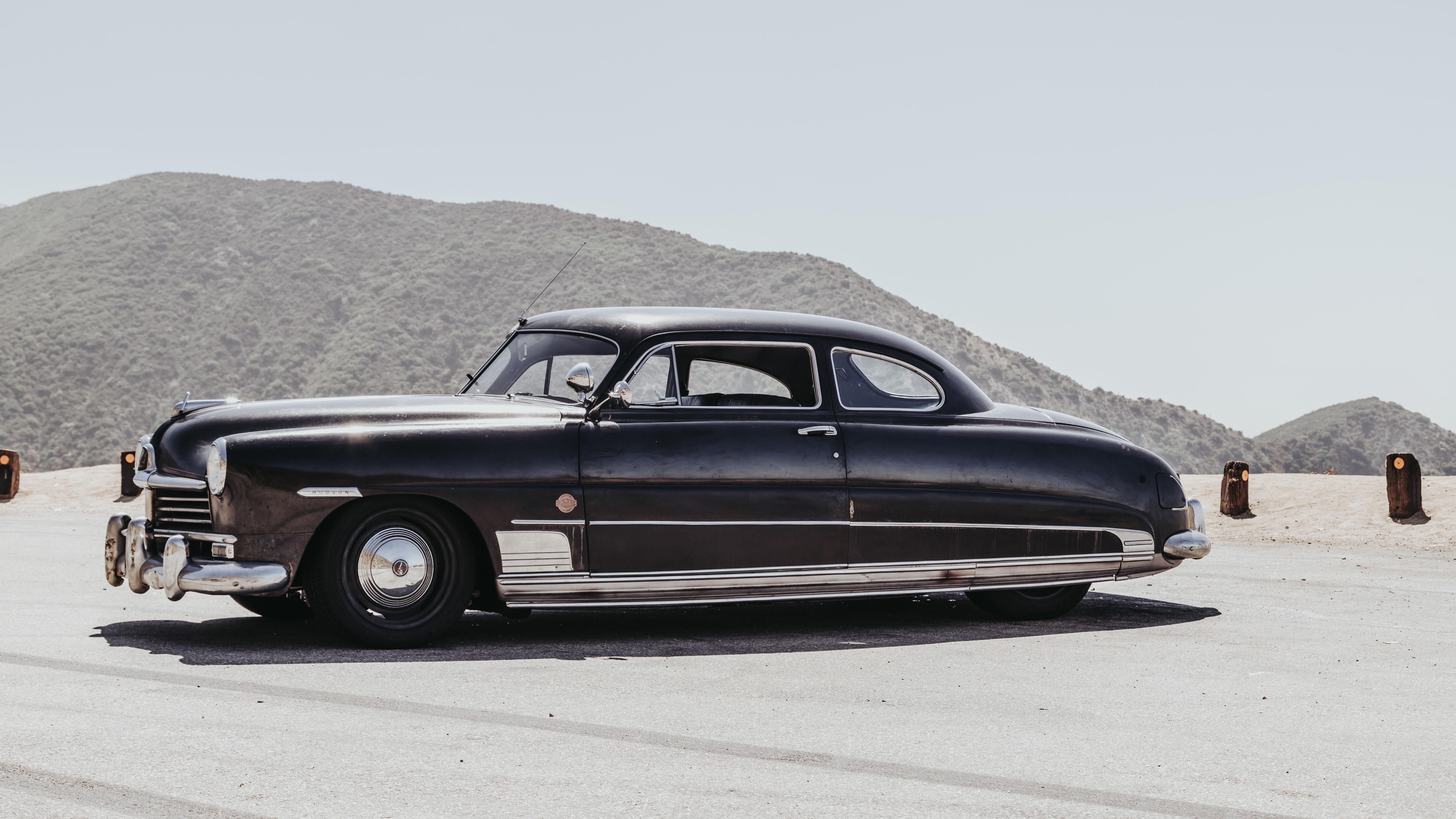1950 Commodore

The descriptions of the Classic Cars in the Directory were partly generated or supplemented with the help of artificial intelligence (AI). The content may occasionally not always be entirely accurate or factually correct despite careful checking.
The Hudson Commodore 1950 was a premium full-size automobile that represented the best of American engineering and design of its era. It was one of the most successful models produced by the Hudson Motor Car Company and boasted several technical advancements that set it apart from its competitors.
At the heart of the Hudson Commodore 1950 was a powerful six-cylinder engine with a displacement of 254 cubic inches. This engine was capable of producing up to 128 horsepower at 3800 rpm, making it one of the most powerful engines in its class. It was mated to a three-speed manual transmission as standard, with an optional overdrive for drivers who needed more speed on the highways.
The Commodore 1950 featured a lightweight all-steel monocoque body that was designed for maximum rigidity and durability. The car's suspension system was also state-of-the-art, featuring independent front suspension with coil springs and a live rear axle with semi-elliptic leaf springs. This setup provided a comfortable and smooth ride even on rough surfaces, while also improving handling and stability at high speeds.
Stopping power was provided by hydraulic drum brakes on all four wheels, which were fitted with state-of-the-art power assist for improved responsiveness and control. The car was also equipped with stainless steel exhaust systems, which improved durability and reduced the risk of rust and corrosion.
Inside, the Hudson Commodore 1950 was a veritable oasis of comfort and luxury. The car's interior was spacious and well-appointed, with plenty of legroom and headroom for both the driver and passengers. The car was fitted with luxurious amenities such as power windows, power seats, and a high-quality sound system.
The Commodore 1950 also boasted an advanced heating and ventilation system that provided comfortable temperatures in any weather conditions. The car's dashboard featured a range of gauges and controls for monitoring and adjusting various aspects of the car's performance, including oil pressure, temperature, and fuel level.
Overall, the Hudson Commodore 1950 was a car that combined technical innovation, stylish design, and luxurious comfort in a way that few other cars of its era could match. It was a true testament to the ingenuity and engineering prowess of the American automotive industry of the time.
Milestones
- Introduction of the Hudson Commodore in 1941 as a mid-size family car. - Discontinuation of production during WWII, and resuming after the war in 1946. - Redesign of the Commodore in 1948 with a new "step-down" body style. - Further improvements to the engine and chassis in 1950, making it faster and more efficient. - Introduction of the "Super" and "Leader" trim levels, giving customers the option for upscale features and luxury. - Success in NASCAR racing, including winning the 1951 Hudson Hornet championship. - End of production in 1954 as Hudson merged with Nash-Kelvinator to form the American Motors Corporation (AMC).Technical
- Manufacturer: Hudson Motor Car Company - Model: Commodore - Year: 1950 - Body Style: Sedan, Coupe, Convertible, and Station Wagon. - Engine Type: Inline 8, L-head engine - Displacement: 254.4 cu in (4.2 L) - Horsepower: 128 hp at 3,600 rpm - Torque: 225 lb-ft at 1,800 rpm - Transmission: 3-speed manual or 4-speed Hydramatic automatic - Wheelbase: 124 inches (3,150 mm) - Length: 210 inches (5,334 mm) - Width: 78 inches (1,981 mm) - Height: 64 inches (1,625 mm) - Curb Weight: 3,835-4,150 lbs (1,740-1,880 kg) - Suspension: Front independent suspension and rear leaf springs - Brakes: Drum brakes - Top speed: Around 100 mph - 0-60 mph: 17 seconds.